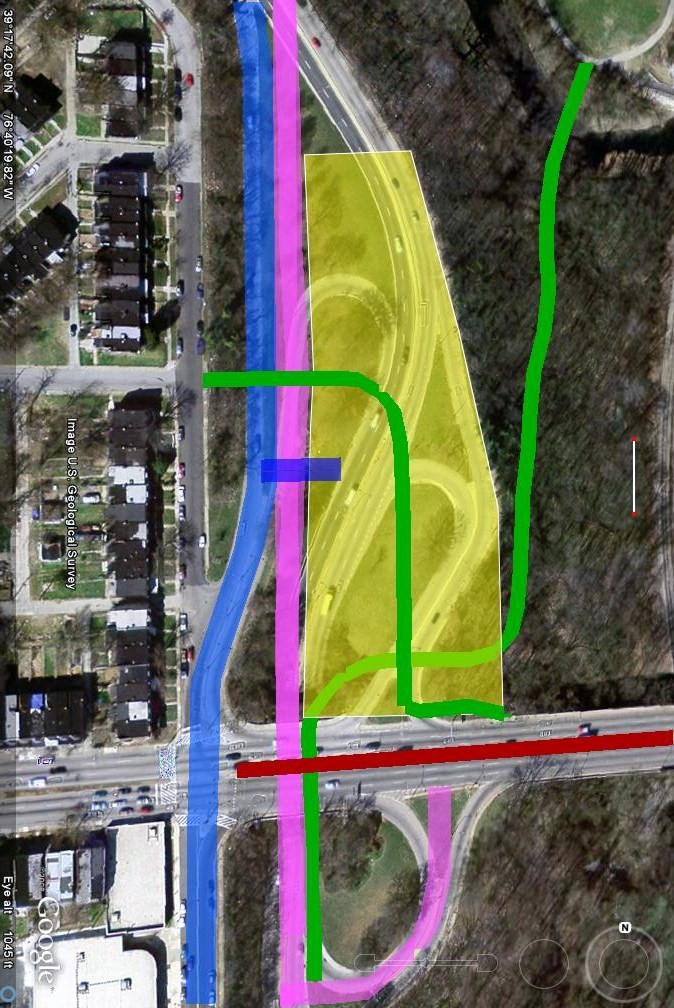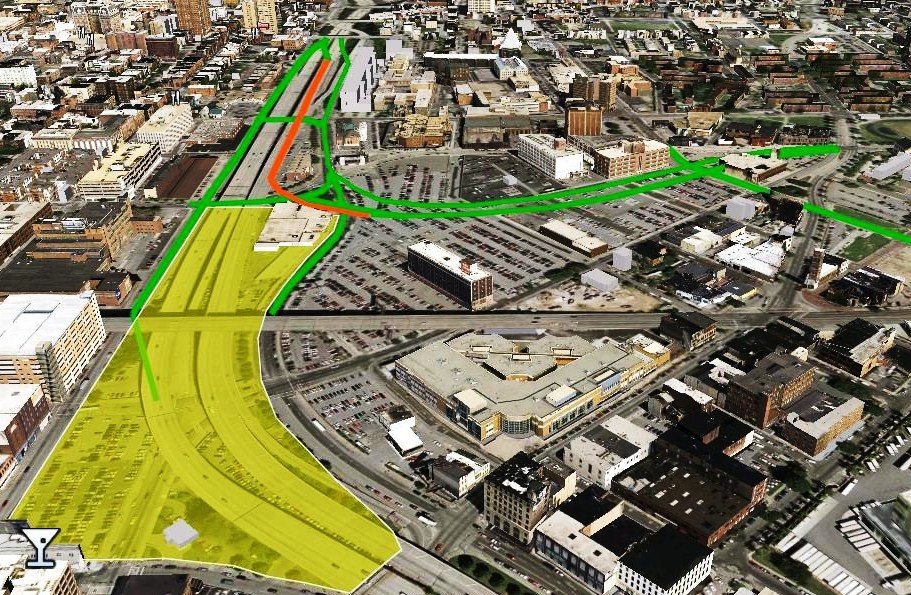MARYLAND'S DECADE IN TRANSPORTATION:
SAME AS IT EVER WAS
The most recent installment of Michael Dresser's column in the Sun was an excellent summation of the top ten transportation stories of the past decade. But what really struck me is how little has changed in the past decade. Sure, we couldn't have expected to be driving around in flying cars like The Jetsons by now, but why are we stuck in neutral?
Michael Dresser's list could have been written prior to the '00s instead of after it was over. The names would have been slightly different, but the ten stories could have been just the same.
So now, as another decade turns, let's party like it's 1999 and see how the descriptions on Michael Dresser's own list (presented in his same order) might have read if it had been written before this decade rather than after:
10 - Light rail double tracking - Governor Schaefer had to fire MTA Administrator Ron Hartman for the wildly underestimated cost of the central light rail line and the ensuing cover-up. After about fifty percent worth of cost overruns and ridership underruns later, the line was finally completed in 2006, as it had been originally conceived in the 1980s. Some of the second track had been deleted from the project that opened in 1992 - a deja vu for the single track Red Line tunnel currently planned by the MTA under Cooks Lane.
9 - Continuing deadly carnage on the highways - Will this ever change?
8 - Transportation funding crisis - Gas tax stuck at 23.5 cents per gallon. Read Governors Glendening, Ehrlich and O'Malley's lips: No new gas taxes. The good thing about a lack of funding is that it requires intelligent planning instead of throwing money at the problems. The bad thing is that when real money is not available, planners prefer to throw play money instead.
7 - Inner Harbor water taxi done on the cheap - It's a tiny body of water with big body currents, which is its unique charm. Baltimore is not Venice or San Francisco or anywhere else. Respect it or face deadly consequences.
6 - Ouster of MTA Administrator - Wheels fall off buses, metaphorically and literally. Baltimore transit system ridiculed far and wide. See #10.
5 - Baltimore and Washington compete for the same transit money - Washington cleans Baltimore's clock because they take transit seriously. Planning for Baltimore's Red Line began at the turn of the 2000s and a decade later we still don't have a feasible fundable or workable project.
4 - Bay bridge needs major repairs - What else is new?
3 - Planning to replace Woodrow Wilson Bridge begins in earnest - We should have savored this one. It was most likely the last time a billion dollar project will ever be done in Maryland without tolls. And nowadays, it seems that every project costs in the billions.
2 - Proposed InterCounty Connector emerges as statewide political issue - Governor Glendening tries his best to kill the highway, but it refuses to die. Future Gubernatorial wannabes line up to save it, most notably his handpicked successor Kathleen Kennedy Townsend.
1 - Baltimore has a dangerous undersized freight rail tunnel under Howard Street - Fixing our entire rail system, not only freight but passenger transit at the local, regional and even interregional magnetic levitation or other future high speed technology, depends crucially on what we do about this obsolete downtown tunnel and the trains that now use it. So ten years later, we have done nothing, and planned almost as little.
Gee, writing this 1999 list was so easy, I might as well write the list for 2019 while I'm at it.
To be continued...








